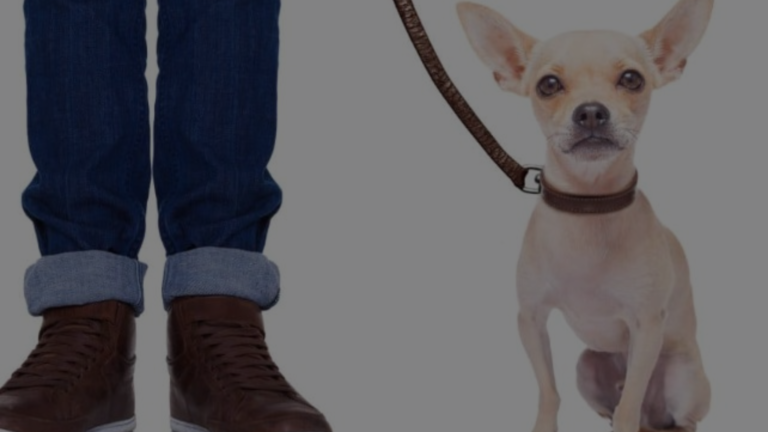Ah, the couch: a canine throne, a sun-drenched haven, and the ultimate launching pad for playful leaps. But after your furry friend endures heartworm treatment, their beloved couch might seem suddenly off-limits. One common question that dog owners have is “Can my dog jump on the couch after heartworm treatment?”
Worry not, pet parent! This guide will navigate the post-treatment restrictions, explain the risks of jumping, and offer alternative ways to help your dog feel comfy and content during their recovery.
Can My Dog Jump on the Couch After Heartworm Treatment?
Heartworm disease is a serious, potentially fatal condition caused by parasitic worms living in the heart and lungs. Treatment involves injections to kill the worms, followed by a crucial rest period to allow the body to safely remove the dead worms.
This rest period usually lasts 8 weeks. During this time, any strenuous activity, including jumping, is strictly prohibited. Why? Because jumping increases heart rate and blood pressure, putting strain on the body and potentially causing complications like coughing, difficulty breathing, or even blood clots.
So, the answer to your question is a firm “no” for the first 8 weeks. But don’t fret! We’ll explore safer alternatives to satisfy your dog’s need for comfort and relaxation.
Alternatives to Jumping on the Couch
While your dog’s couch-jumping dreams might be on hold, here are some ways to keep them comfortable and content during their rest period:
- Invest in a Dog Ramp: This allows your dog to easily access their favorite spots without the strain of jumping. Choose a sturdy, non-slip ramp with a gentle incline.
- Create a Cozy Ground-Level Den: Set up a comfy bed, blankets, and toys in a quiet area. You can even use baby gates to create a safe, confined space.
- Carry Them Up and Down: If your dog is small enough, gently scoop them up and place them on the couch when they need cuddles.
- Engage in Calming Activities: Focus on low-key playtime with puzzle toys, gentle petting, or soothing chews. Mental stimulation can tire your dog out without excessive physical exertion.

Beyond the 8 Weeks
Once the 8-week rest period is over, gradually reintroduce activities like jumping. Start with low jumps and monitor your dog for any signs of distress. If they seem uncomfortable, consult your veterinarian before allowing more strenuous activities.
Additional Tips for a Smooth Recovery
- Stick to the Rest Schedule: Don’t give in to puppy-dog eyes! The 8-week rest period is crucial for their health.
- Keep Them Entertained: Boredom can lead to frustration and attempts to break the rest rules. Provide plenty of mental and physical stimulation within their limitations.
- Communicate with Everyone: Inform family members, friends, and dog walkers about the restrictions to ensure consistency.

Image Credit: Pet Sitters International - Shower Them with Love: Even if they can’t jump on the couch, extra cuddles and affection will go a long way in showing your love and support.
Remember: Following these guidelines will help your dog heal safely and comfortably, making a speedy recovery and getting back to their playful, jumping self in no time!
Resources & References
- American Heartworm Society: https://www.heartwormsociety.org/
- World Small Animal Veterinary Association: https://wsava.org/
- Veterinary Partner – VIN: https://veterinarypartner.vin.com/
FAQs About Your Dog Jumping on the Couch After Heartworm Treatment
Why can’t my dog jump on the couch after heartworm treatment?
During the crucial 8-week rest period following heartworm treatment, any strenuous activity, including jumping, is strictly prohibited. Jumping increases heart rate and blood pressure, putting strain on the body and potentially causing complications like coughing, difficulty breathing, or even blood clots. This is because the treatment involves killing the worms, and their dead bodies can temporarily block blood vessels. Jumping adds undue stress during this sensitive phase.
When can my dog jump on the couch again?
After the 8-week rest period is over, you can gradually reintroduce jumping. Start with low jumps and closely monitor your dog for any signs of discomfort, such as coughing, labored breathing, or lethargy. If they seem uncomfortable, consult your veterinarian before allowing more strenuous activities.
Are there any safe alternatives to jumping on the couch?
Absolutely! Here are some ways to keep your dog comfortable and content during their rest period:
- Invest in a dog ramp: This allows them easy access to their favorite spots without the strain of jumping. Choose a sturdy, non-slip ramp with a gentle incline.
- Create a cozy ground-level den: Set up a comfy bed, blankets, and toys in a quiet area. You can even use baby gates to create a safe, confined space.
- Carry them up and down: If your dog is small enough, gently scoop them up and place them on the couch when they need cuddles.
- Engage in calming activities: Focus on low-key playtime with puzzle toys, gentle petting, or soothing chews. Mental stimulation can tire them out without excessive physical exertion.
What happens if my dog accidentally jumps on the couch during the rest period?
Don’t panic! If it’s a one-time occurrence, it’s unlikely to cause major harm. However, monitor your dog closely for any signs of distress. If they seem uncomfortable, contact your veterinarian immediately. Remember, consistency with the rest period is crucial for their recovery.
Can I let my dog jump on other furniture after heartworm treatment?
The same principles apply to all furniture. It’s best to avoid any activities that increase their heart rate and blood pressure during the initial 8-week rest period. This includes jumping on beds, chairs, or even climbing stairs excessively. Stick to gentle walks and other low-impact activities.
Should I be worried if my dog seems sad or inactive after treatment?
Some dogs may experience temporary lethargy or changes in appetite following treatment. This is usually normal, as their bodies adjust to the medication and recover from the infection. However, if your dog seems excessively withdrawn, has trouble breathing, or exhibits other concerning symptoms, always consult your veterinarian for proper diagnosis and guidance.








